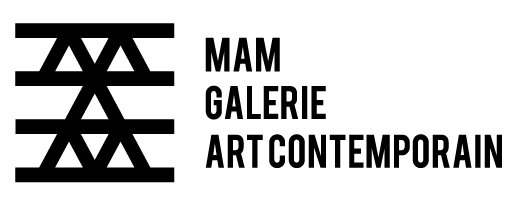Among the current ecological crisis, it’s no secret that developing countries are often the most severely affected, particularly countries in Africa. Very often, however, the voices we hear concerning climate change come from Western activists, environmentalists and politicians.
From the continent, often the most compelling statements come from the voices that aren’t verbal. Indeed, it is contemporary African artists that appear to be championing environmentalism, injecting their unique, personal voices—directly from the countries where global warming hits hardest—into the ecological conversation. Here are four of the most pertinent artists who are working with environmental themes, and are worth knowing about.
El Anatsui's "New World Map," 2009, installed at "La Terra Inquieta / The Restless Earth," curated by Massimiliano Gioni, Fondazione Nicola Trussardi, Milan
Ghanian artist El Anatsui is one of Africa’s most recognised and decorated contemporary artists. His works are held in the collections of almost all major museums in the world, and he won the Golden Lion Award for Lifetime Achievement at the 56th Venice Biennale, regarded as the high point of any artist’s career. He is most known for his large-scale wall hangings, composed mainly of bottle caps and scraps of metal. For him, using every-day materials speaks of transformation, reuse, materiality and environmentalism. By using the humble, discarded bottle cap as the core component of his installations and sculptures, Anatsui touches upon wider societal themes that concern the development of Africa, how the nations within the continent connect with one other, and how they respond to the excessive capitalism of the West. Seeing one of these sculptures in real life allows the viewer to soak up just how much excess there is under our current world economies, and prompts us to consider what we consume, and ultimately, what we waste.
2. Sanaa Gateja, b. 1950, Uganda
Saana Gateja is a painter, mixed-media artist and jewellery designer who is widely known for his signature incorporation of recycled man-made waste materials in his practice, particularly his pioneering fashioning of beads from discarded paper, which earned him the nickname ‘The Bead King’ in Uganda. He also works with barkcloth, paper, raffia, wood and banana fiber, using his materials to construct large experimental abstract pieces of social and environmental commentary that straddle installation, tapestry and sculpture and strike a balance between aesthetic and conceptual value. His works range from experimental abstract art in the form of richly detailed wall hangings on barkcloth to wearable art and accessories, all of which are strongly rooted in African culture.
“The message I bring is visually African; the themes I present are universally human,” says Gateja.
Sanaa Gateja, Spirit of Nalubaale ( Lake Victoria ) 200 cm x 110cm, papier journal tissé, 2018.jpg
3. Romuald Hazoumè, b. 1962, Republic of Bénin
Romuald Hazoumè is a multi-disciplinary artist whose works spans photography, sculpture (masks), works on canvas and installations. Whilst a large portion of his subject matter concerns slavery and black market trades (both historical and contemporary), environmentalism is also a key element of his oeuvre, as he only uses recycled materials to produce his works. His series of sculptural masks, in particular, use repurposed materials such as gas canisters and discarded plastic containers, which serve as a critique of political systems and Western capitalism. In a powerful statement, Hazoumè once declared: ‘I send back to the West that which belongs to them, that is to say, the refuse of consumer society that invades us every day.’
Romuald Hazoume, Algoma, 2016. © Plastic and raffia, 50 x 40 x 20 cm
4. Em’kal Eyongakpa, b. 1981, Cameroon
Em’kal Eyongakpa is a young and versatile artist, whose background in studying Botany and Ecology informs his artistic practice. Using photography, video, sculpture, sound, text, and performance, his works use the surrounding environment, as well as concepts of collective memory, ritual, and cosmology, to comment on the human condition and its effect on the environment. Rustle 2.0 (image below) consists of the creation of an environment where organic elements are confronted with others considered artificial or resulting from humankind’s impact on nature. Walls covered in mycelium evoke the idea of interconnected networks, in reference to the Internet; digital bronchi are shaped to resemble Africa and Latin America. Once again, therefore, the ecological crisis is linked to a human one, and Eyongakpa imagines a ‘sustainable future’ where an alternative human reality exists.
Em’kal Eyongakpa, Rustle 2.0, 2018, 32Bienal Sao Paulo
The key take away from the works of these four diverse artists is that the materiality of the works always informs societal issues at large. For African artists, there is rarely an environmental crisis without a societal or political one. Though El Anatsui, Sanaa Gateja , Romuald Hazoumè and Em’kal Eyongakpa each have various tones and levels of assertiveness to the messages they portray, one thing is undeniable: the way they speak about the environmental crisis is a voice that must be included in the conversation. Their viewpoints come from the countries where most damage is being done, and without their potent visual commentary on the crisis, the environmental debate—and the realities of its effects on global society as a whole—is incomplete.




